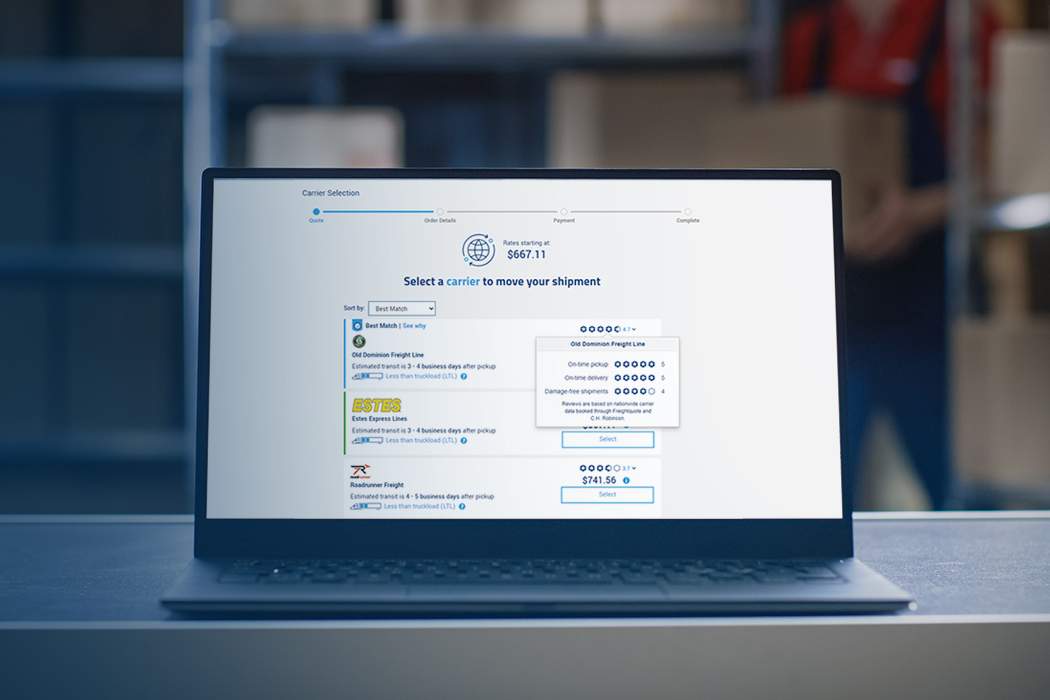Is my LTL shipment protected? Here is what to know about carrier liability and freight insurance
March 29, 2024

Find out which type of coverage is right for your freight shipment. Learn the key differences between carrier liability and shipper’s freight insurance.
Continue Reading
Topics:
Customer success story: Finding Freightquote led to significant cost and time savings
February 29, 2024

Find out how Fulfilled with Love was able to streamline their small business shipping with Freightquote, saving time and money—and how you can, too.
Continue Reading
Topics:
LTL Pickups: What Small Business Shippers Need to Know
February 1, 2024

Navigate the complexities of less than truckload shipping with ease. Follow these steps at your LTL pickup to make shipping more simple.
Continue Reading
Topics:
Slash Your Shipping Costs: 5 Insider Strategies for Savvy Small Businesses
January 25, 2024

Unlock the secrets to shipping savings! Discover five practical tips to trim down expenses, boost efficiency, and enhance the bottom line for your small business.
Continue Reading
Topics:
Top 5 Freightquote Videos: A Guide for Small Business Shippers
December 19, 2023

Ship smart with tips from Freightquote. Check out our video guide to get helpful info on less than truckload shipping for your business.
Continue Reading
Topics:
Small Business Saturday: How Freightquote is helping small business today and in the future
November 30, 2023

Ship small to make a big difference. Find out how Freightquote is supporting you this Small Business Saturday.
Continue Reading
Topics:
Less than Truckload vs Full Truckload: What's the difference?
October 26, 2023

Full truckload (FTL) vs. less than truckload (LTL): what are they and when do you use them? Compare full truckload and less than truckload services to find out which is the right solution for your freight.
Continue Reading
Topics:
Parcel vs. Less than Truckload Shipping: Choosing the Best Mode for your Shipment
September 26, 2023

Wondering how to choose between parcel and less than truckload shipping? Learn more about package and LTL shipping and find out which is best for your freight.
Continue Reading
Topics:
Shipping to an Amazon Warehouse? We can help.
August 24, 2023

Wondering how to ship to an Amazon warehouse? Find out helpful tips and tricks for a smooth experience sending your product to Amazon FBA.
Continue Reading
Topics:
Empowering Small Business: Use Carrier Ratings to Find Top LTL Carriers
July 18, 2023

Valuable LTL carrier ratings educate and empower small business owners to make informed decisions and find top LTL carriers.
Continue Reading
Topics:
Receive marketing and promotion updates.



